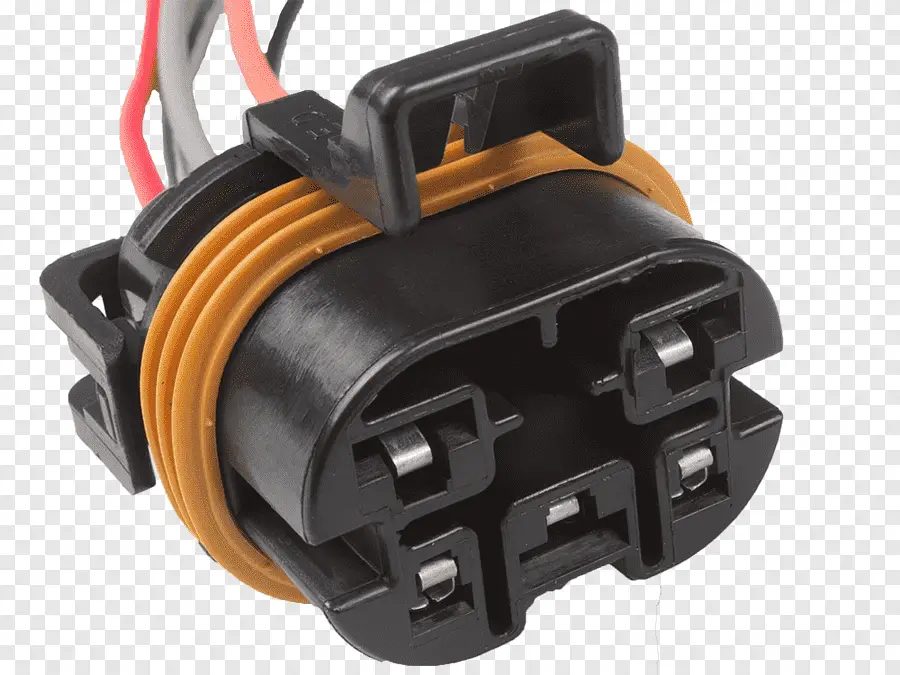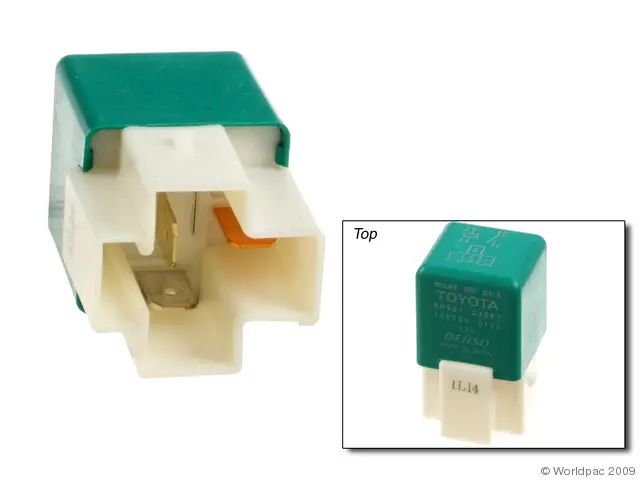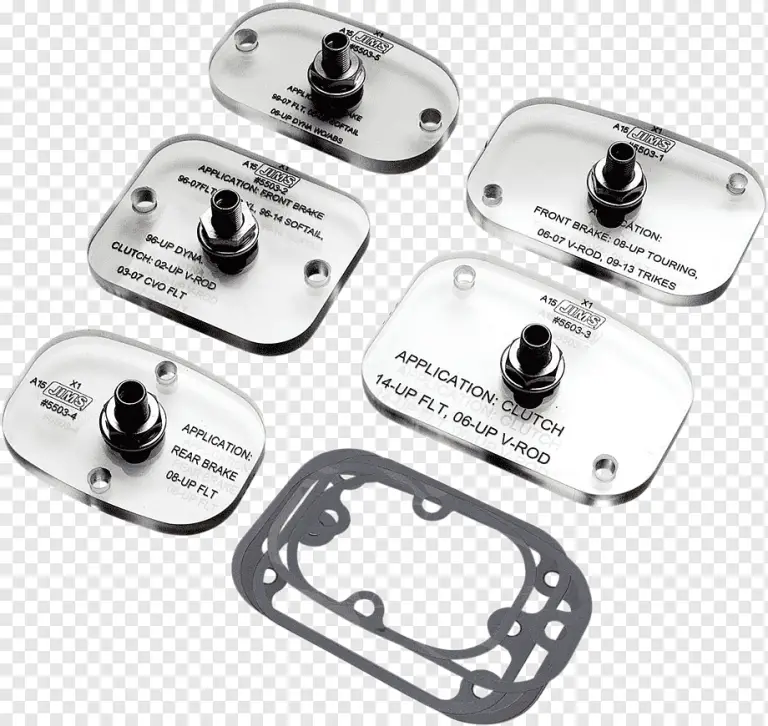Fuel Pump Fuse Keeps Blowing – What Are The Causes?
If you’ve owned your car for more than a couple of years, you’ve probably experienced blown fuses.
Just like you would run out of fuel if you were driving a car, the engine starts sputtering just like that.
You notice that there is still fuel in the tank when you glance over the fuel gauge.
A blown fuel pump fuse can prevent the fuel pump from functioning correctly and cause the engine to run out of fuel.

What Does a Blown Fuel Pump Mean?
A fuel pump fuse can blow out for several reasons, but most often it is a short-to-ground electrical surge in the circuit.
A short to ground is a sign that the wiring harness to the fuel pump is malfunctioning.
If your car or truck has a blown fuel pump fuse, you should investigate to see if there are any further issues.
Possible Causes
Getting it to a repair garage and having a certified mechanic investigate the problem would be the most obvious solution.
If you decide to take the matter into your own hands, you should be prepared to spend a lot of time looking for the fault.
Three main causes can cause your fuel pump to blow up frequently.
- Excessive amperage drawing
- Wiring harness problem
- Bad fuel pump relay
Before we move forward, let’s look at the role of a fuse and how it works.
Role of a Fuse
The role of a car fuse is to prevent components from electricity surge, in this case, the fuel pump.
As soon as a stronger current passes through it, the metal wire strip will burn out and the circuit will break.
How Can I Identify a Blown Fuse?
If the fuse is blown out, a visual inspection of it will show us immediately. The electrical surge will have caused the wire within the fuse to burn down.
If you don’t know, get your hands on a multimeter, and you will be able to tell if a fuse has blown out.
The only thing you have to do is connect the black and red leads to the sockets on your multimeter. The dial should be turned to the lowest range of frequencies on your device.
Touch the tips of the leads to see if the device works. When metal tips are touching, you shouldn’t notice resistance.
The metal tips of the multimeter can be used to touch the end of the fuse on a non-conducting surface.
The numbers of your multimeter won’t change because of a blown fuse. You should see no resistance if the fuse is still working.
What to Do If a Fuel Pump Fuse Keeps Blowing
There are three most likely scenarios listed. It’s time to see what one should do to test for each cause. You don’t need a lot of tools, but the process can be difficult.
You should have plenty of time and patience since there is no easy way of telling what the problem is.
Excessive Amperage Drawing
Before you can measure the current of your fuel pump, you need to understand what a fuse does. If the fuel pump is the only device on the circuit, then this is the next step.
You have to check every device found on this circuit and identify the one drawing excessive amperage if not.
It’s easy to find a wiring diagram for your vehicle if you’re not familiar with it. You need to find out the limits given by the manufacturer after monitoring the current draw.
A higher load on the pump is caused by the fuel pump drawing excessive amperage.
The restriction in the fuel delivery line can be shown by this. There can be restrictions on the fuel delivery line, which can put pressure on the pump.
Wiring Harness Problem
You most likely have a wiring issue if you have measured the current draw of the fuel pump and you can match it within limits.
To test this without going over the entire circuit is easy. You try to create an alternative circuit by re-wiring the fuel pump.
Make sure that everything is set up correctly and give the car a try. The wiring circuit is the problem if everything works as usual. It is possible to replace the fuel pump wiring circuit.
Bad Fuel Pump Relay
A bad fuel pump relay can cause the fuel pump to blow out. To test this you will need a multimeter.
- Pull out your relay, which is usually found in the fuse box.
- Use a wire brush to clean the prongs.
- If you want to connect the power and multimeter, you should check out the relay for a diagram.
- If you haven’t done so already, set your multimeter to the ohms setting.
- You can use jumper wires to connect the relay terminals to the battery of your car. It’s important to listen for a clicking sound to know if the relay is still working.
- The multimeter probes need to be connected to the remaining 2 prongs on the relay.
- You should be able to see if the relay has resistance. A reading of 0 or close to 0 will show that there is no resistance, while anything bigger will show that you have a faulty fuel pump relay.
A new replay of the fuel pump is the obvious solution.
FAQs
Where Is the Fuel Pump Fuse Located?
Depending on the vehicle, the fuse box can be found under the hood or the dashboard. You might notice that there are different roles for each of the multiple fuses.
Which one is the fuel pump’s power source? You should consult your owner’s manual for the most accurate answer as there is information about each fuse.
Is It Possible That a Blown Fuel Pump Fuse Causes a Fire?
When the fuse blows, there is a risk of a fire. This allows electric current to flow through the circuits, which could cause a short circuit and possibly fire.
As soon as you see a malfunction, it is important to assess the vehicle’s condition.
Is It Possible to Replace It with a Bigger Fuse?
You should not replace a blown fuse with a higher amperage one. Unfortunately, things aren’t simple.
Without going into too much detail, the weakest point of the electrical circuit is the fuse, which is supposed to blow up first and shield the rest of the components.

Conclusion
Whenever there is an issue with a car, it might not be a quick fix.
I always recommend my customers seek professional advice from a certified car mechanic when they encounter more complex issues with their cars or trucks.

Truck driver by profession, automotive lover by heart. Ricky is the main publisher and editor at Truckile.com sharing his life-long knowledge and experience in the auto industry and truck driving!






